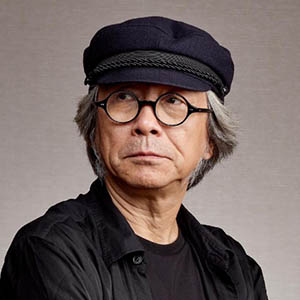Workshops: The Principle of Genius Loci Through 20 Years of Design

Jian Zhao
Co-Chief Designer
CityGroup (CTG) Design, Guangzhou
The development of China’s early ultra high-rise buildings, when engineering structure was dominating the design, the allocation of interior function, measurement of interior data and interior systems were developed in a relatively passive way. The process of ultra high-rise design structural systems brought in greater flexibility for space. Greater demands on central business districts bestowed an obligation for high-rise architecture to provide value as city landmarks, inspiring their interior space to include multiple functions. The next ultra high-rise design process placed increasingly greater emphasis—from governments and the entire society—upon the urban skyline. Property owners were seeking an active relationship between the architectural image and their own business brand. As China gears up its progress of urbanization, ultra high-rise building substantially propels changes on the city landscape, as well as its economic and cultural context. At the same time, the contradiction between traditional and contemporary values has great impact.
Throughout the development of ultra high-rise building, CTG has continued to hold to the principle of Genius loci, its core study of interior design. Since 1999, the firm has been dedicated to urban high-rise projects, public buildings and city landmarks, completing interior design projects in 22 cities across China.
